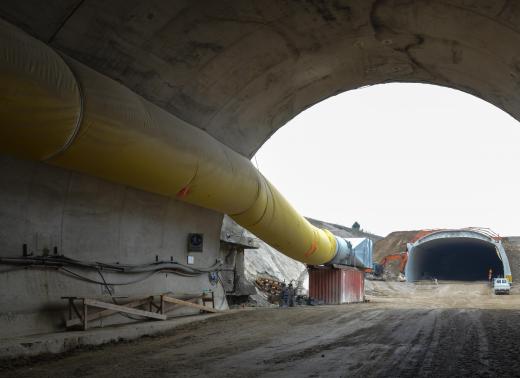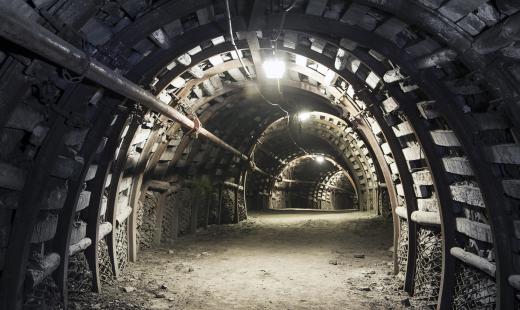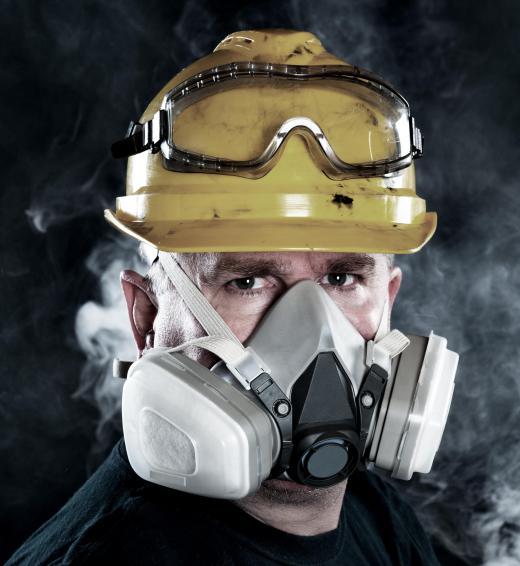Miners work underground to extract mineral resources. Mines can range in size from very small to very large, but the same basic safety precautions are used in every mine. To supplement an industry standard of mining safety precautions, most governments have an agency that specifically regulates mining safety. In addition to passing laws, representatives of the organization regularly inspect mines to make sure that the miners are working in safe conditions. Common precautions include adequate ventilation in the mine, face protection and heavy clothing to protect the miners, and careful tracking of everyone who enters the mine.
The two primary concerns for miners are the oxygen supply and cave-ins. Many uncover toxic substances as they work, so adequate ventilation throughout a mine is crucial. In addition, most miners wear face protection, which may include a respirator, to protect the their mouths, throats, and lungs. Mine ventilation systems are regularly checked, and air quality is monitored to check for toxic gases. People who work in the mines protect themselves from cave-ins by meticulously reinforcing all freshly mined areas and checking those reinforcements on a regular basis.

In addition to protecting their faces, miners also wear heavy clothing and boots to protect their bodies. Sharp or projecting objects are removed or clearly labeled so that individuals do not hurt themselves, and mines also use extensive lighting systems for visibility. Holes and shafts, as a general rule, are covered over or brightly labeled so that gear and people do not fall. Other potential sources of danger, such as electric wires, are neatly covered and labeled.

Where people are within a mine is an important safety issue. Miners sign in and out when they report for work every day, and they make each other aware of their positions inside the mine. If a miner does not surface at the end of the day, teams will search for him until he is located. When working above others, a miner must inform them of his presence, so that they can be aware of the potential for falling rock. Likewise, those who work in lower regions of the mine warn others who are stationed above them.

Miners do not work alone, especially in dangerous areas, and many of them carry radios. For their safety, they are not allowed to work when under the influence of drugs or alcohol. Miners can also report safety violations without fear of reprisals. Most mines also have an evacuation plan in place, in case of an emergency, and all people who work in the mine are provided with the details of the plan. Safety inspectors may ask to see proof of correction of violations, and they will also check the safety conditions in the mine, and the state of the evacuation plan. A mine that routinely violates safety regulations may be shut down.
Ever since she began contributing to the site several years ago, Mary has embraced the exciting challenge of being a About Mechanics researcher and writer. Mary has a liberal arts degree from Goddard College and spends her free time reading, cooking, and exploring the great outdoors.

